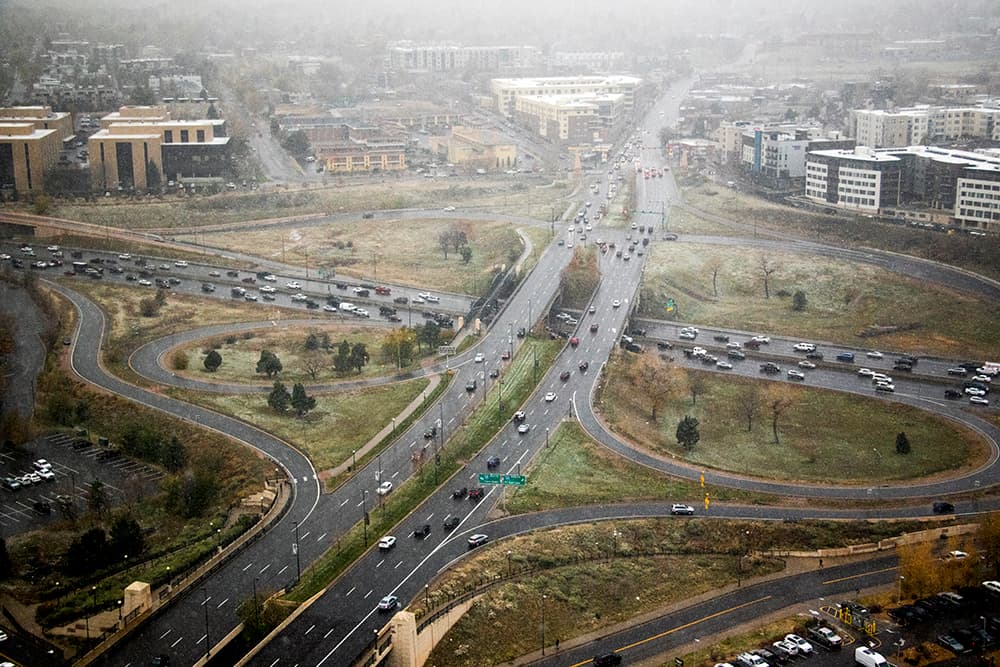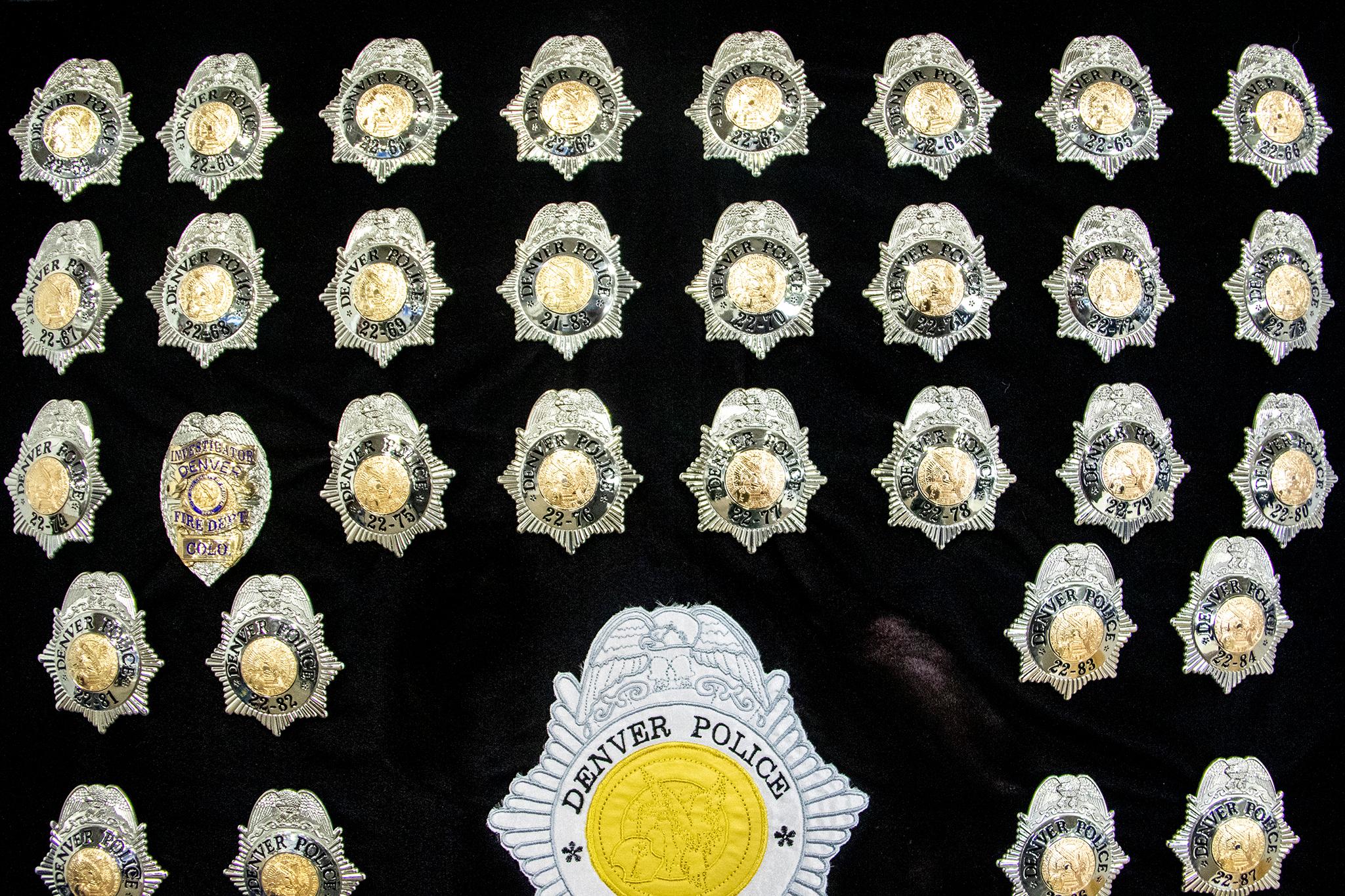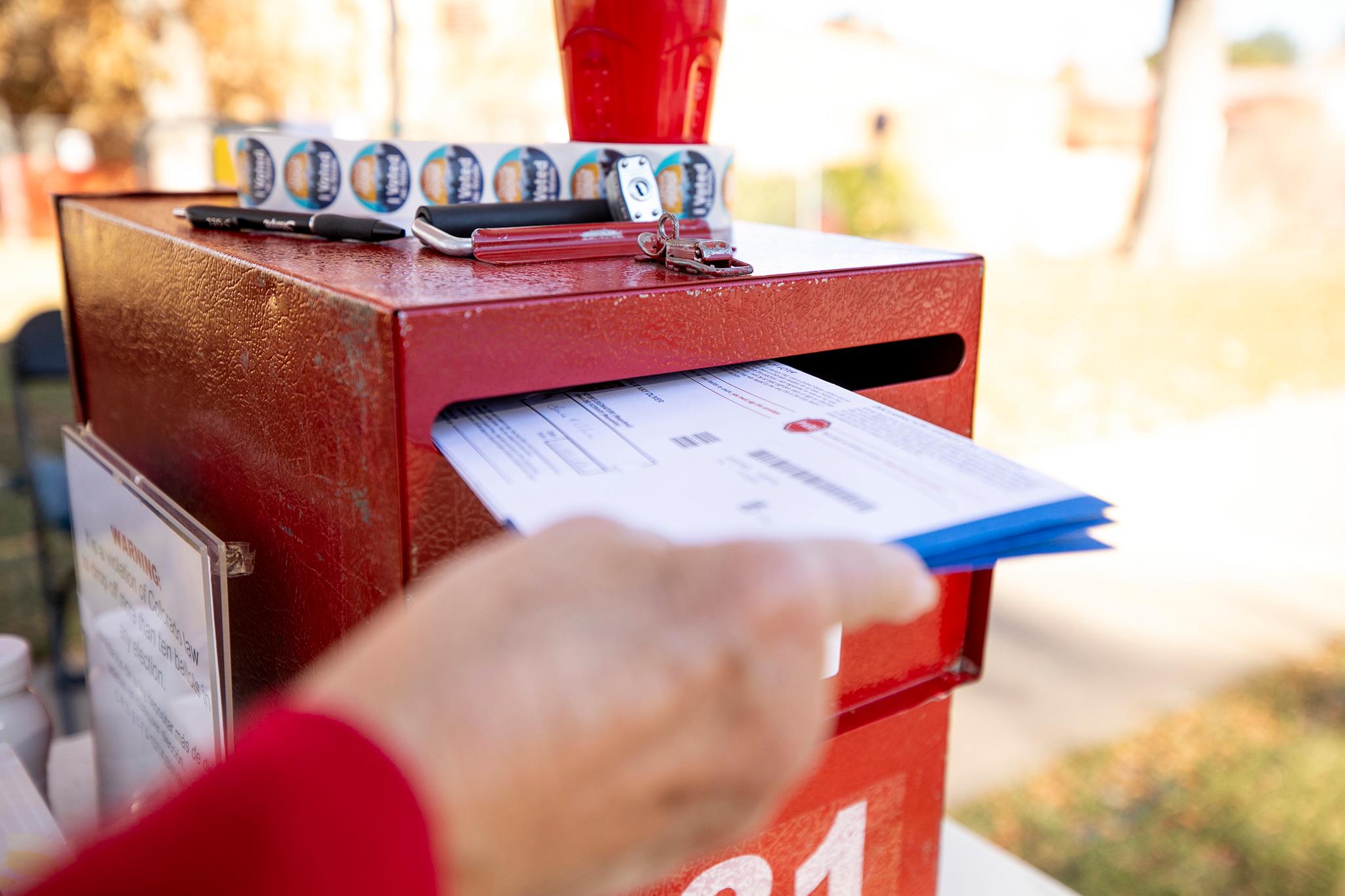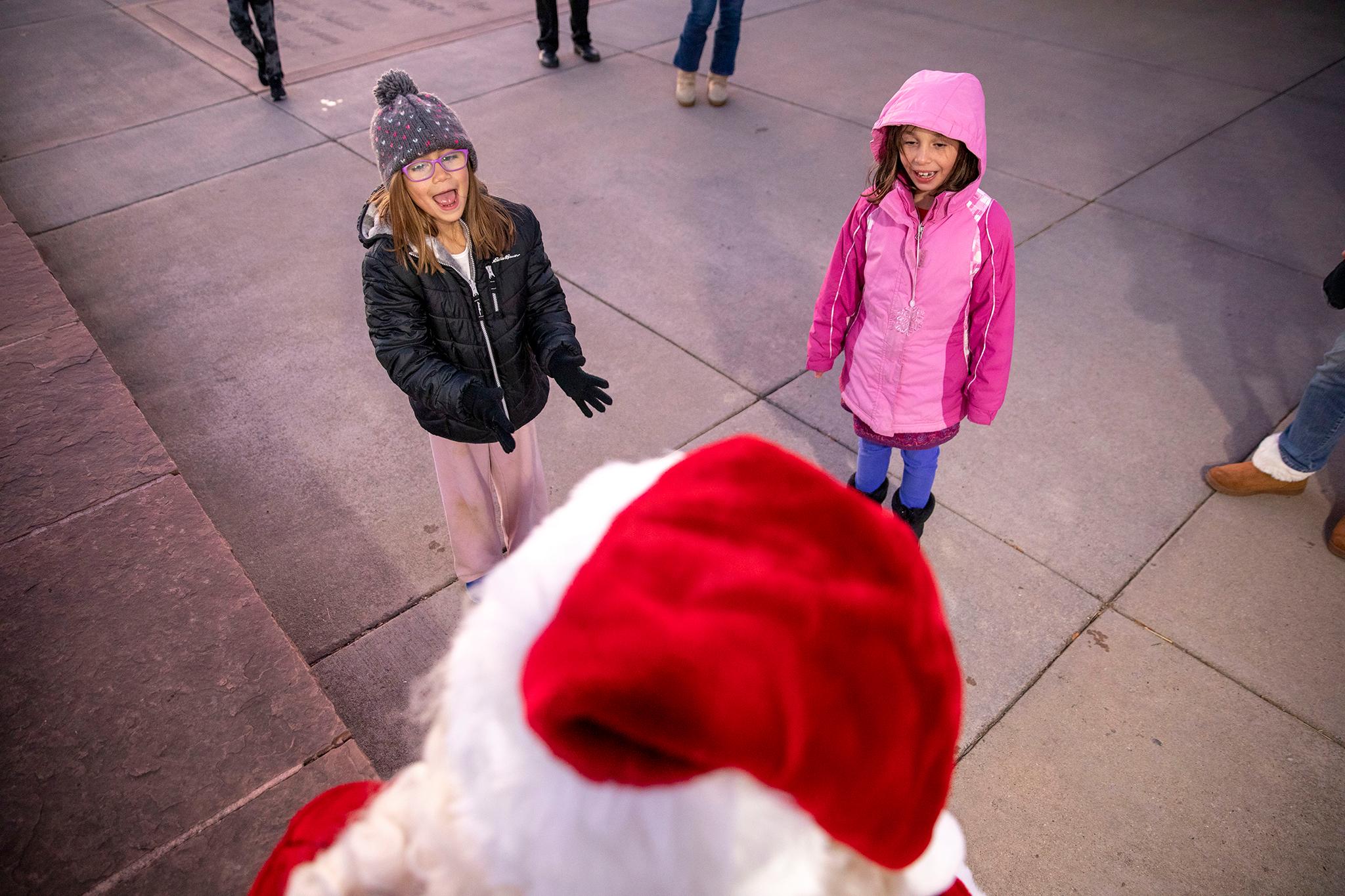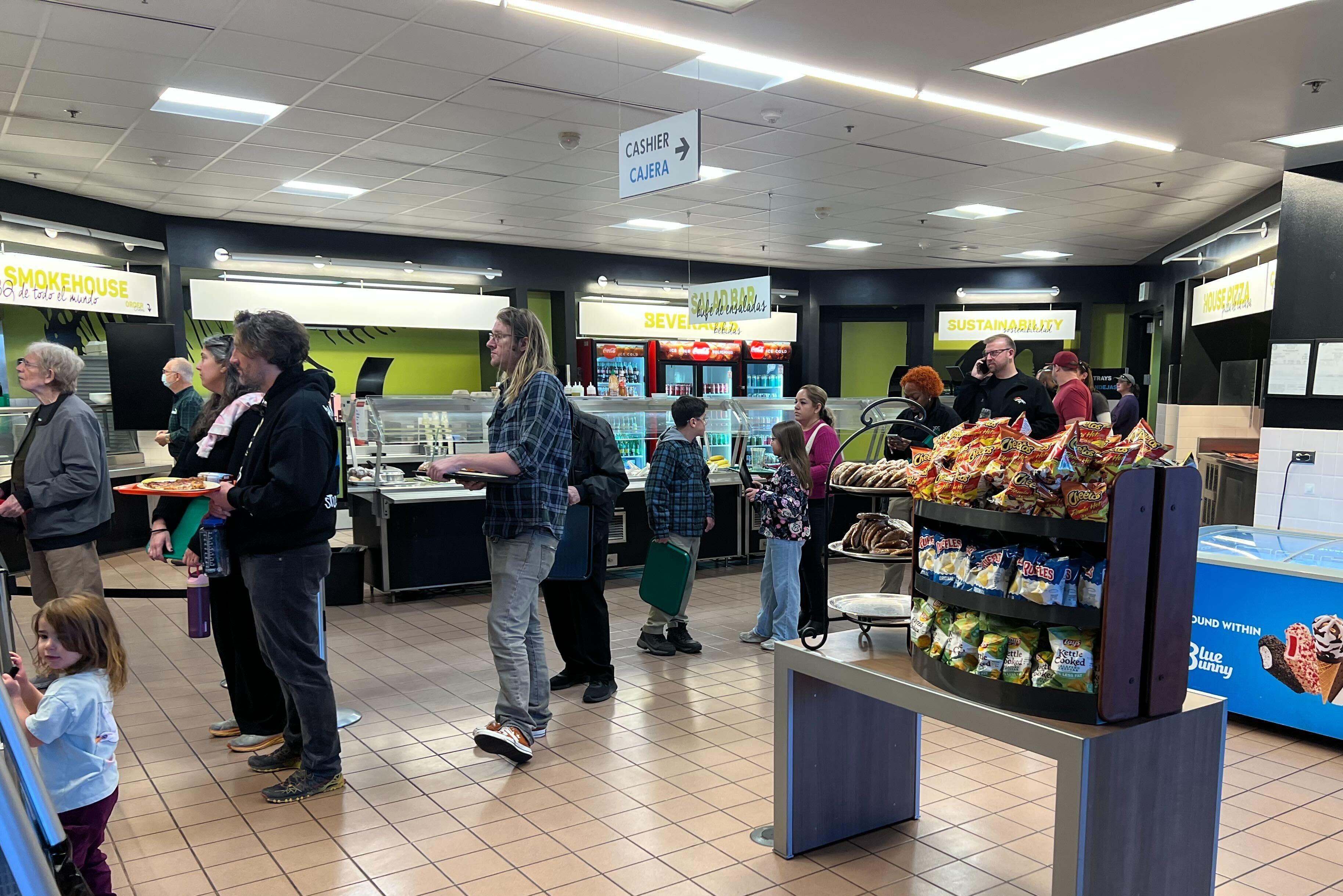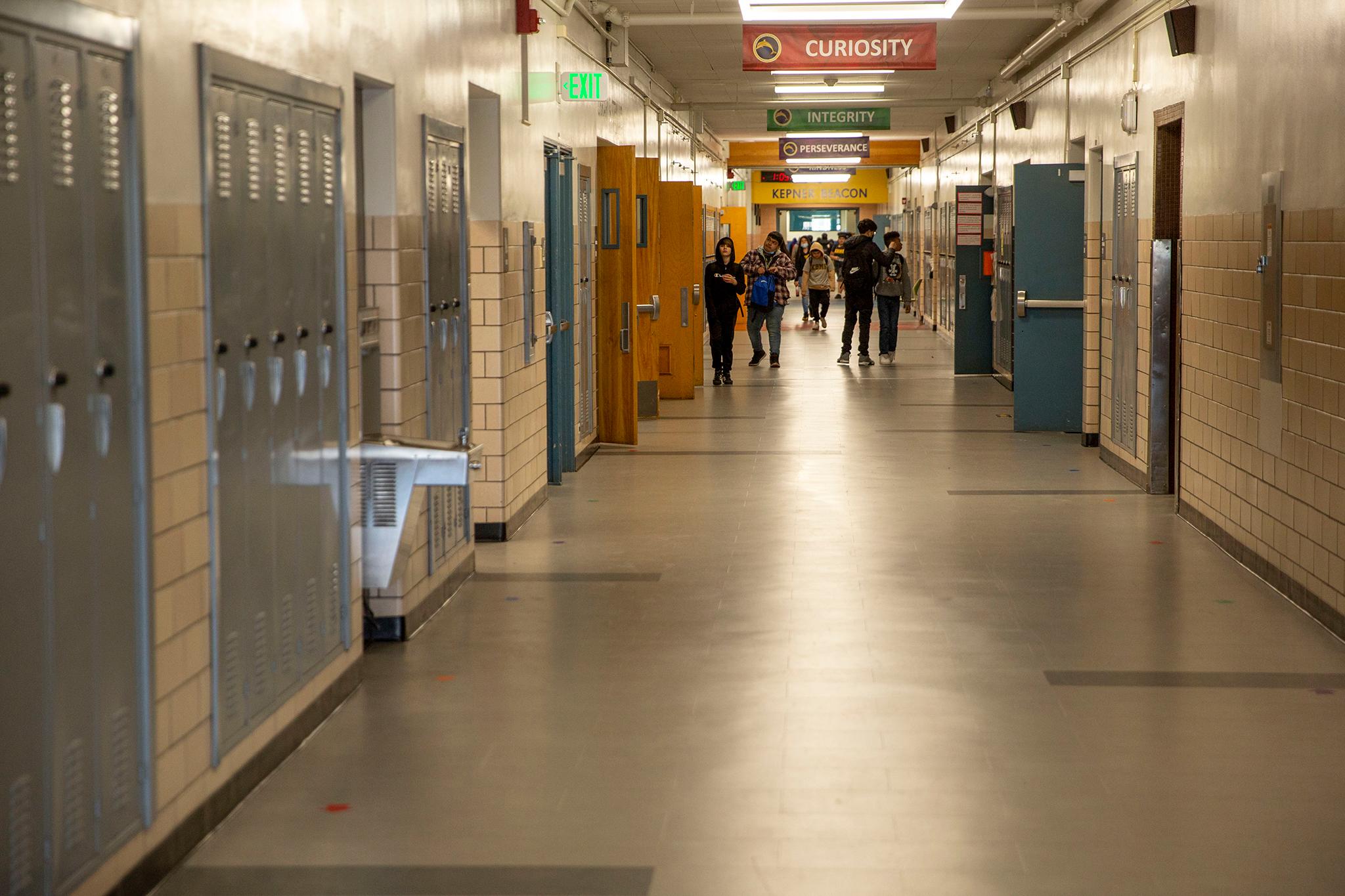The Colorado Department of Transportation wants to rebuild the Speer Boulevard and Interstate 25 interchange as a “diverging diamond,” a somewhat new design meant to move high volumes of vehicles more safely without adding lanes.
That’s according to an email CDOT officials sent this week, identifying the diverging diamond as its preferred alternative for a coming rebuild of the aging Speer and 23rd Avenue interchanges.
CDOT also chose a “braid” design for the 23rd Avenue interchange that will eliminate the “weave” of drivers exiting and entering the freeway in the same lane between the two exits.
That’s probably confusing, so here’s a map from CDOT that might help explain it better:

CDOT will soon do more detailed designs of the project and a deeper analysis of its environmental impacts under the National Environmental Policy Act.
CDOT has embraced diverging diamonds around the metro area and state over the last decade.
They briefly move vehicles to the left side of the road, allowing them to access freeway on-ramps without having to wait for a traffic signal and reducing the opportunity for dangerous T-bone crashes. A diverging diamond at Speer would be one of the first in Denver. Another is under construction on Peña Boulevard.
The on- and off-ramps at 23rd Avenue will stay too.
The state had considered tearing out the 23rd Avenue interchange and replacing it with a simpler, rampless bridge over the freeway. That option had the support of cyclists because it would have eliminated conflict points at on and off ramps.
But that drew opposition from nearby institutions that worried such a change would make it more difficult for drivers to reach destinations like the Denver Broncos’ stadium.
The Metropolitan Football Stadium District and Stadium Management Company, the Children’s Museum, the Downtown Aquarium, and Jefferson Park United Neighbors joined together to keep ramps for 23rd Avenue.
“We were all on the same page,” said Michael Guiietz, president of Jefferson Park United Neighbors.
The Downtown Aquarium and the Broncos declined to comment. But according to minutes from a June 2024 meeting, a team executive told the stadium district’s board that restricting vehicular access from I-25 to 23rd Avenue would make it harder for fans to reach the stadium on game days.

“Fans would have to pass the stadium and try to access it from 8th Avenue, which is already extremely congested on game days,” said Jay Roberts, the stadium’s general manager, according to the minutes.
The “braid” alternative CDOT chose will preserve the ramps. An agency spokeswoman declined to provide further comment. A statement from the Children’s Museum called it a “logical choice.”
Guiietz said he was glad CDOT eliminated the rampless option, but he’s reserving jubilation until he sees a more detailed design of what the 23rd Avenue interchange will look like. He’d like to see a bridge wide enough for two car lanes, turn lanes, bike lanes and sidewalks.
“They really need to address that whole entire situation,” he said, adding that nearby residents have wanted the bridge replaced for decades.
Meanwhile, transit options to Broncos games have dwindled; the Regional Transportation District cut the BroncosRide service during the pandemic and permanently killed it in 2023. RTD still serves the stadium through local bus routes and light rail lines.
Editor’s note: This article was updated to note that another diverging diamond is under construction on Peña Boulevard.

